Geomdan Prehistory Museum (인천 검단선사박물관)
8.4Km 2021-08-13
7, Gosanhu-ro 121beon-gil, Seo-gu, Incheon
+82-32-440-6790
In 1999, an excavation for cultural relics was carried out in the area of Geomdan. As a result of the excavation, various relics and remains from the Bronze Age and Old Stone Age to the Joseon period were found, leading to the opening of the Geomdan Prehistory Museum on November 27, 2008. The museum showcases the lifestyle of prehistoric times and offers hands-on programs.
Olive Young - Gimpo Sau Branch [Tax Refund Shop] (올리브영 김포사우)
8.5Km 2024-04-22
45, Saujung-ro, Gimpo-si, Gyeonggi-do
-
Paju Book City (파주 출판도시)
8.5Km 2024-02-29
Munbal-dong, Paju-si, Gyeonggi-do
+82-31-955-0050
Paju Book City was formed in 1989 by a group of publishers who sought to modernize the distribution structure of Korea’s publishing industry. The addition of structures later on created its current form as a cultural complex. Today, Paju Book City is home to a large collection of publishing houses, printing companies, and bookbinding companies. Some publishing houses run their own libraries, secondhand book shops, and thematic libraries. There are plenty of book cafés and art shops in the area, and visitors can also occasionally enjoy cultural events, lectures, and concerts by publishing houses.
Gachun Linpork Guigui Center Gimpo Branch (가천린포크구이구이센터 김포점)
8.7Km 2024-02-21
66 Jangneung-ro, Gimpo-si, Gyeonggi-do
Gachun Linpork Guigui Center Gimpo Branch is a large-scale beef and pork restaurant housed in a hanok building. On the first floor, they offer a wide variety of cuts of Korean beef and pork at their livestock wholesale center. Visitors can purchase meat here and immediately head up to the grilling area on the second floor to enjoy their meal. They provide fresh, premium-grade meat at reasonable prices. Popular menu items include bulgogi jeongol (bulgogi hot pot), seoksoe bulgogi (grilled bulgogi), yukhoe bibimbap (beef tartare bibimbap), and galbitang (galbi soup).
National Institute of Biological Resources (국립생물자원관)
8.7Km 2023-04-13
42, Hwangyeong-ro, Seo-gu, Incheon
+82-32-590-7000
Opened in October 2007, the National Institute of Biological Resources is the largest collection preservation facility in Northeast Asia. The institute collects, preserves, manages, and conducts research on biological resources with the aim of growing into a focal biological resource hub of Northeast Asia. The institute is comprised of a spine-shaped collections and research center and a leaf-shaped exhibition and education center. The exhibition hall has 3,905 specimens of 1,287 native species on display. Korea's diverse ecosystems are recreated as highly detailed dioramas at the exhibition hall. A small restaurant is located inside the research center, and the extensive grass field in front of the institute provides an ideal picnic spot.
Paju Booksori Festival (파주 북소리)
8.7Km 2022-12-29
145, Hoedong-gil, Paju-si, Gyeonggi-do
• 1330 Travel Hotline: +82-2-1330 (Korean, English, Japanese, Chinese) • For more info: +82-31-955-0055
Paju Book City is a leading publishing and cultural hub in Korea, started in 2011 with the establishment of a street lined with bookstores to transform the area from a place of publication to a place for enjoying book culture. A total of 42 bookstores opened within the city's first year. In view of participating in international activities, the city joined the International Organization of Booktowns (IOB) in June 2012. The IOB is an organization of 16 booktowns in 13 countries.
Paju Booksori Festival is the largest book festival in Asia. Launched in the fall of 2011, the festival draws around 100 publishers, and leading organizations related to the publishing industry, books, education, and culture.
Ganghwa Chojijin Fortress (강화 초지진)
8.8Km 2021-02-10
58, Haeandong-ro, Ganghwa-gun, Incheon
+82-32-930-7072
Chojijin Fortress is believed to have been built in 1655 (6th year of King Hyojong) for the purpose of national defense against coastal attacks from foreign enemies based on articles regarding the construction of Chojijin Fortress. The fortress was the scene of many hard-fought battles including the invasions of America and Japan in the 1870s. The site was then taken by the foreign troops due to the inferior fighting power of the Korean military, and very nearly completely destroyed. In 1876 (13th year of King Gojong), the Japanese warship Unyangho invaded and forced the Joseon Kingdom to open their ports, which later led to the forced signing of the Jana-Korea Treaty of 1876. Only the base of the fortress and the site of the high ground remained until 1973, when restoration work was started. The patriotic spirit of the Joseon dynasty still remains in this historic site.
Ganghwa Haesoo Land (강화해수랜드)
8.8Km 2024-02-20
13-12 Haeannam-ro, Gilsang-myeon, Ganghwa-gun, Incheon
Ganghwa Haesoo Land, established in 1992, is a comprehensive leisure facility that integrates a sauna with seawater baths. The sauna encompasses various facilities, including red clay sauna, salt sauna, charcoal sauna, and steam sauna. The seawater baths utilize mineral-rich seawater sourced from 560 meters underground. Complementing these features, the facility offers additional amenities such as a swimming pool, outdoor concert hall, and a café.
Gwangseongbo Fortress (광성보)
9.1Km 2022-07-25
27, Haeandong-ro 466beon-gil, Ganghwa-gun, Incheon
+82-32-930-7070
Gwangseongbo Fortress’s outer wall from the Goryeo era was mended in 1618. The fortress was built in 1656 and the outpost was constructed in 1679. It was completely remodeled into
a masonry castle with gates in 1745. During Sinmiyangyo (the American invasion in 1871), Gwangseongbo was the fiercest battle ground in Ganghwa. On April 24, 1871, a
fleet with 1,230 American naval forces led by Rear Admiral John Rodgers landed on Ganghwado Island to demand the
opening of Korea's ports and commerce. The armed forces attacked Chojijin Fortress
and Deokjinjin Camp, then marched to Gwangseongbo Fortress, where they engaged in close combat with the warriors of Joseon. Although General Eo Jae-yeon and the other warriors were poorly equipped with far inferior weapons, they bravely fought to the
death against the invading forces.
The battlefield ruins of the fortress and the gate towers such as Anhaeru, Gwangseongdon, Sondolmokdon, and Yongdudon were repaired
in 1977. The twin tombs of General Eo Jae-Yeon and his brother Eo Jae-seon, along with the anonymous tombs of warriors who died on the battlefield were
also honorably arranged at the same time. Furthermore, a stone monument commemorating the restoration of Ganghwa Battlefield was erected on Yongdudondae Post.
In 1988, an extensive rest area was created toward the shore for visitors’ convenience. Gwangseongbo Fortress is presently designated as Historical Relic No. 227. A religious service known as Gwangseongje is held annually to commemorate the patriotic spirits of General Eo Jae-yeon and other unnamed warriors. This service takes place at 11 a.m. on every April 24th of the lunar calendar.
Homeplus - Gimpo Pungmu Branch [Tax Refund Shop] (홈플러스 김포풍무)
9.3Km 2024-04-22
167, Pungmu-ro, Gimpo-si, Gyeonggi-do
-
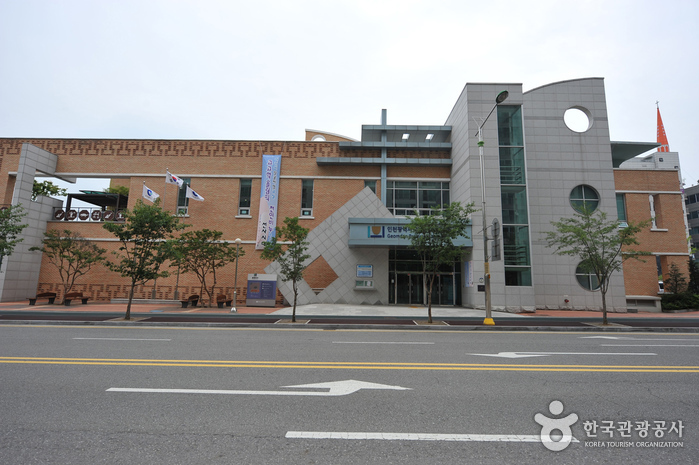
![Olive Young - Gimpo Sau Branch [Tax Refund Shop] (올리브영 김포사우)](http://tong.visitkorea.or.kr/cms/resource/13/2880513_image2_1.jpg)
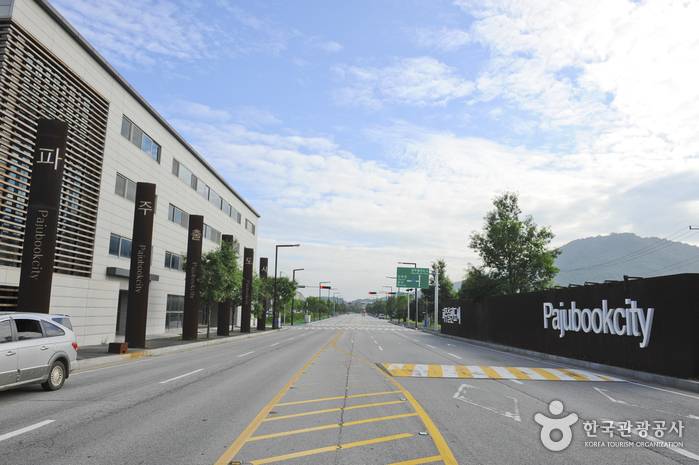
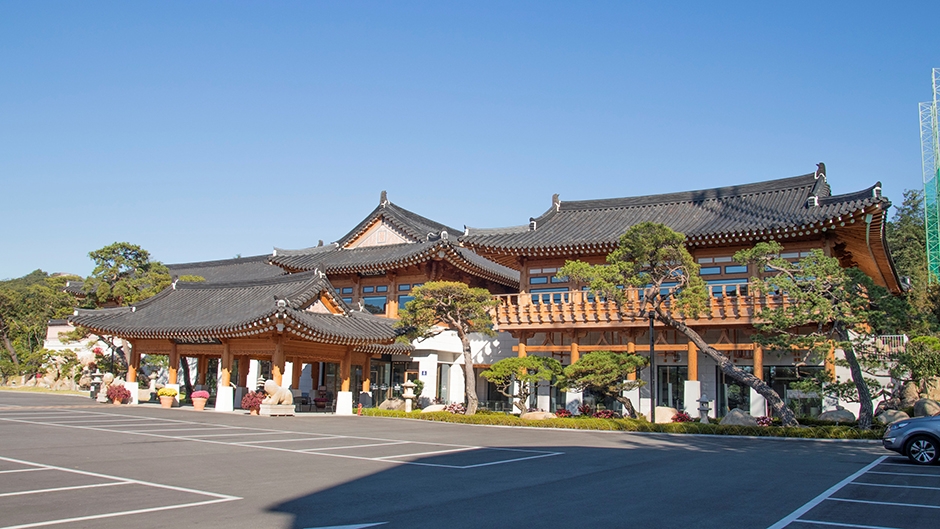
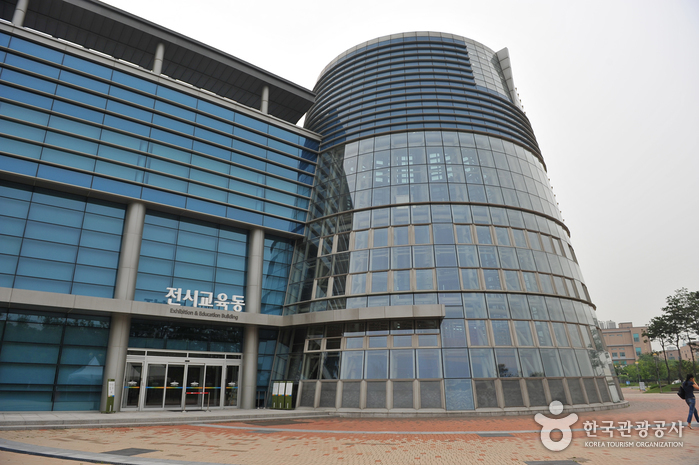

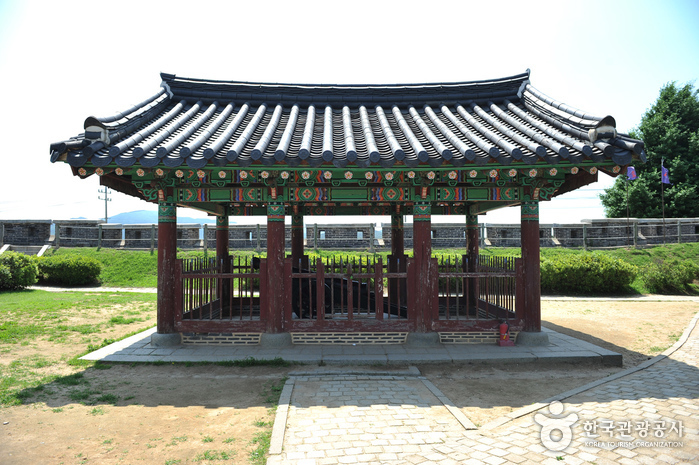
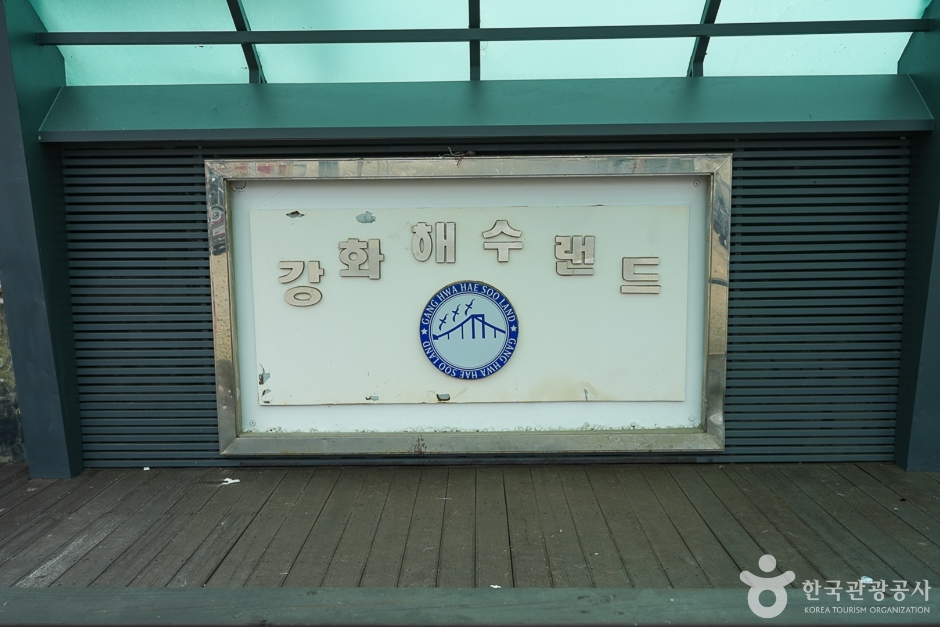
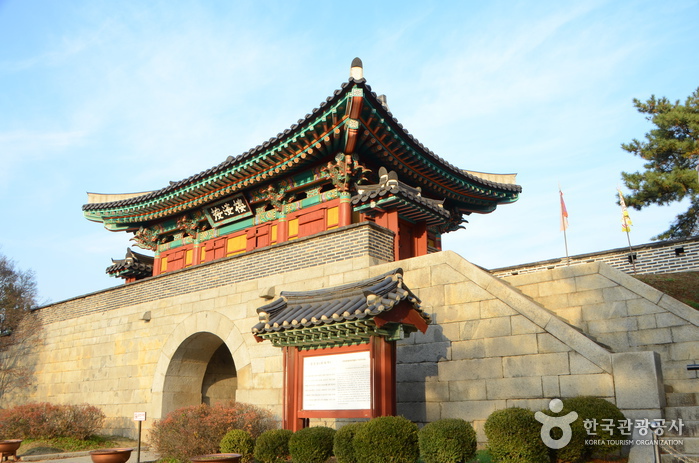
![Homeplus - Gimpo Pungmu Branch [Tax Refund Shop] (홈플러스 김포풍무)](http://tong.visitkorea.or.kr/cms/resource/17/2880517_image2_1.jpg)
 English
English
 한국어
한국어 日本語
日本語 中文(简体)
中文(简体) Deutsch
Deutsch Français
Français Español
Español Русский
Русский